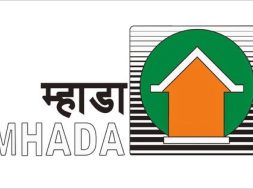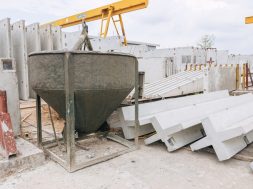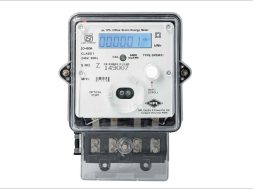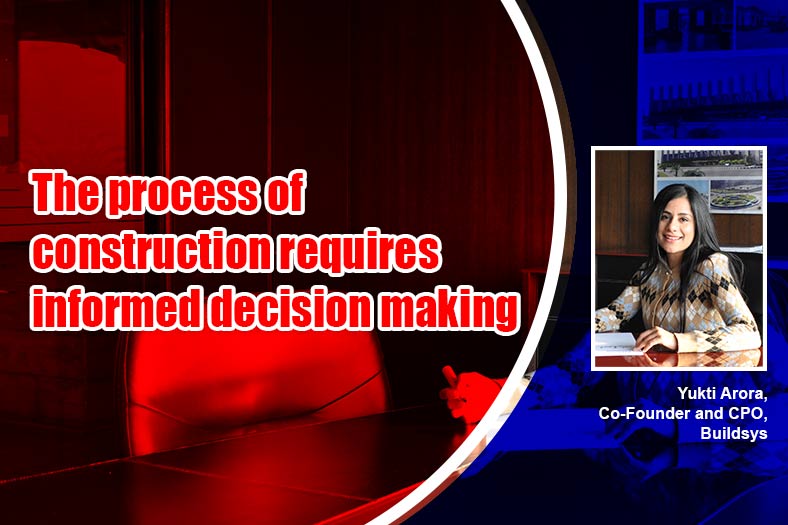Build Safely [February 2012]
‘Safety’ is one of the most important aspects that need significant attention during construction. Shrikant Kulkarni, General Manager, 3M India – OHES highlights the issues related to hazards and safety plans
The construction industry in India, now accounts for approximately 11 per cent of India’s GDP, is growing at 7-8 per cent per annum. The aggressive growth in the industry translates to more construction workers, more hours at work and therefore more people exposed to the hazards that prevail at construction sites.
When accidents happen, they often unfortunately result in huge costs – loss of life, injury, and of course productivity and profits. One of the best ways to avoid injuries and minimise costs is through good planning and co-ordination; both before and on the job. This should start when the decision is made to go ahead with the project, and should be planned to cater to all stages and parties involved.
In a construction project, each and every stakeholder (clients, designers, consultants, architects, engineers, contractors and employees) is responsible to make the workplace a safe place.
A site-specific health and safety plan should be developed, implemented, monitored and updated throughout the construction stage. Health and safety plans of contractors and subcontractors should be monitored until the project reaches completion.
Each construction site should have a project-site specific health and safety plan which should address the following key points:
Hazard Identification
Dedicated team responsible for the implementation of health and safety checks at site.
Incident and accident investigation and reporting method
On – site emergency procedure in case of fire, earthquake, or chemical spills.
Safety audit program at site.
Major Safety Systems which should be used at construction site are:
Fall Protection System
Hearing Protection
Eye Protection
Respiratory Protection
Head / Hand / Skin Protection.
The Indian Factories Act, 1948 says “Noise level at work-place should be less than 90 DBA.” There should be work-place noise monitoring to determine the noise exposure is not above the permissible level. Noise monitoring also estimates the noise exposure or dose received by an employee during a workday. This also enables proper selection of hearing protectors. Depending on the Level of Exposure, the correct hearing protection solution can be selected. Available products in this category are Ear Plugs (Disposable or Reusable) and Ear Muffs.
When communication systems such as ‘Walkie-Talkies’ or Mobile Phones have to be used at construction sites, they should be used with compatible ear muffs which can be integrated with the communication devices to enable clear and effective communication and also protect the user from high noise levels.
An effective hearing conservation programme should be carried out at the workplace, which should include, among other hearing conservation measures, pre-employment and periodical auditory surveys conducted on workers exposed to noise exceeding the permissible levels, rehabilitation of such workers either by reducing the exposure to the noise levels or by transferring them to place where noise levels are relatively less or by any other suitable means.
Head Protection is important when it comes to personal protective equipment used in construction industry. The hard hats should have adequate safety features and should be approved as per BIS Standard (IS 2925 ), it is recommended that they have quadra-lock system for better locking, be RoHS certified for irritant resistant sweat band and chin strap, and be available with a ratchet or pin lock option for better fit.
For construction workers at site, safety eyewear should be made compulsory for protection against flying metal particles (from grinding operations) and dust. The spectacle and goggles should be light weight, comfortable to the user and depending on the area of operation, should have anti fog, hard coat or chemical resistance property.
Welding fumes are very fine, solid particles of metal oxides that are emanated during the welding process. The composition of the welding fumes a welder inhales depends on the welding method, conditions under which the welding takes place and the types of metals being welded. Many types of metals may be found in welding fumes, including arsenic, beryllium, cadmium, chromium, cobalt, copper, iron, lead, manganese, nickel, silicates, selenium, vanadium, and zinc – all of which are harmful when inhaled.
Gases commonly associated with welding are carbon dioxide, carbon monoxide, nitrogen oxides, ozone, fluorine compounds, and phosgene. These gases may be present as the result of:
Combustion of flux shielding
UV radiation interaction with shielding gases, oxygen, carbon dioxide, and solvents
Burning metal coatings.
Some respiratory health effects linked to welding contaminants
Irritation of the respiratory tract
Metal Fume Fever
Siderosis
Systemic Toxicity
Manganism
Possible Lung Cancer.
Exposure to Arc Radiation (UV /IR light) is another major concern during welding operation. Personal protective equipment that should be used during welding operation, are:
Spectacles (Safety glasses)
Face shields
Welding helmets and hand shields (fixed shade glasses or auto darkening helmets )
Respirators (maintenance free respirators, reusable respirators, powered air purifying respirators or supplied air line respirators )
Hearing protectors
Hand and body protectors.
Construction workers are put into risk every time they are at site, at the hands of on coming motor drivers. If the workers are not visible enough, they run the risk of being run over by vehicles. It is therefore extremely important to make sure that the workers are visible to the on coming traffic. One of the simplest ways is by providing reflective garments. The use of poor reflective garments, not subscribing to the relevant safety standards, does not meet the objective with which they are designed. Reflective tapes which meet EN/ANSI standards should be used, to assure users of consistent performance and quality.
Thus to ensure a safe workplace in the construction industry, all of the above points should be incorporated in the planning through the implementation stage. Safety at every stage should be ensured with a non-compromising discipline. Keeping a few mandatory checks in place would ensure the risk levels being brought down and accidents at the workplace being avoided significantly. Ensuring safety and avoiding incidents/accidents will in turn increase the productivity and efficiency of the employees significantly.
Cookie Consent
We use cookies to personalize your experience. By continuing to visit this website you agree to our Terms & Conditions, Privacy Policy and Cookie Policy.









